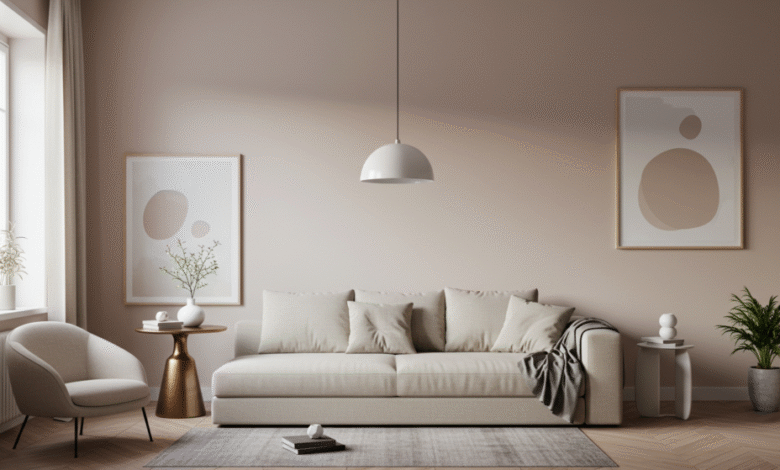A Comprehensive Guide to Understanding Pyntekvister
A Comprehensive Guide to Understanding Pyntekvister

Introduction:
The term pyntekvister originates from Norwegian, combining “pynte” (to decorate) and “kvister” (twigs or branches). It refers to decorative branches used in homes, events, and seasonal displays to add natural charm and aesthetic appeal. Whether they are adorned with blossoms, lights, ornaments, or left in their raw form, pyntekvister have grown popular in interior design trends due to their organic simplicity and versatility. They serve as a bridge between minimalism and nature-inspired beauty, making them a favorite element in both Scandinavian and global décor styles.
The Natural Appeal of Pyntekvister in Home Décor
Pyntekvister have a timeless and earthy quality that brings a sense of calm and rustic elegance to living spaces. Unlike artificial décor elements, these twigs or branches often retain their natural textures and imperfections, which adds authenticity to the ambiance. Whether arranged in a tall floor vase or suspended as part of a wall-mounted installation, they evoke the outdoors in a subtle yet powerful way. This natural charm not only complements Nordic interior design but also resonates with anyone seeking tranquility and grounding in their living space. The beauty of pyntekvister lies in their ability to adapt; they can be styled for different seasons, festivals, or moods without losing their innate simplicity.
Creative Uses of Pyntekvister in Seasonal Decorations
One of the most engaging aspects of pyntekvister is their flexibility when it comes to seasonal decorations. In spring, they can be embellished with pastel-colored eggs or miniature blossoms for an Easter-inspired display. In autumn, dried leaves, tiny pumpkins, and berries transform them into a celebration of harvest and change. Winter calls for white spray paint, fairy lights, and snowflake ornaments to give them a magical, frost-touched appeal. Even summer allows for vibrant flowers or shell-themed decorations to reflect a light, breezy vibe. This seasonal adaptability makes pyntekvister a reusable and sustainable décor choice, allowing homeowners to refresh their ambiance without having to start from scratch each time.
DIY Ideas for Crafting Personalized Pyntekvister Displays
Creating your own pyntekvister arrangement can be a therapeutic and fulfilling DIY project. Begin by foraging or sourcing branches with interesting shapes and forms—birch, willow, and cherry are popular choices due to their flexibility and texture. Once collected, they can be trimmed, painted, or left bare depending on your theme. For a boho-inspired look, consider wrapping parts of the branches with yarn or lace and hanging feathers, beads, or macramé pieces. For a minimalist modern touch, a monochrome palette with clean lines and geometric ornaments works beautifully. The key to an impactful DIY pyntekvister is balance: you want to preserve the organic feel while infusing your personality into the design.
Sustainability and Eco-Friendliness of Pyntekvister
In a world increasingly conscious of environmental impact, pyntekvister stand out as a sustainable alternative to synthetic or mass-produced décor. They promote reuse and seasonal reinvention instead of disposal. Since many pyntekvister are crafted from fallen branches or pruned garden twigs, they encourage the practice of upcycling nature’s waste into beauty. Even when disposed of, these organic materials biodegrade naturally, leaving no environmental footprint. Their presence in modern eco-friendly interiors is more than aesthetic—it reflects a commitment to mindful living and the belief that beauty does not have to come at the cost of the environment.
Pyntekvister in Event Design and Wedding Styling
Event planners and wedding stylists are increasingly incorporating pyntekvister into their décor schemes due to their elegance, affordability, and symbolic value. For weddings, especially those held outdoors or with a rustic theme, pyntekvister make stunning centerpieces, arches, and photo backdrops. They can be decorated with fresh or dried flowers, crystals, lanterns, or ribbons depending on the desired mood. The organic flow of the branches lends itself well to both structured and whimsical arrangements. Additionally, they can be dyed or painted to match any color palette without losing their structural charm. Their understated beauty provides a perfect canvas for personalization and creativity, making each event feel uniquely crafted and heartfelt.



